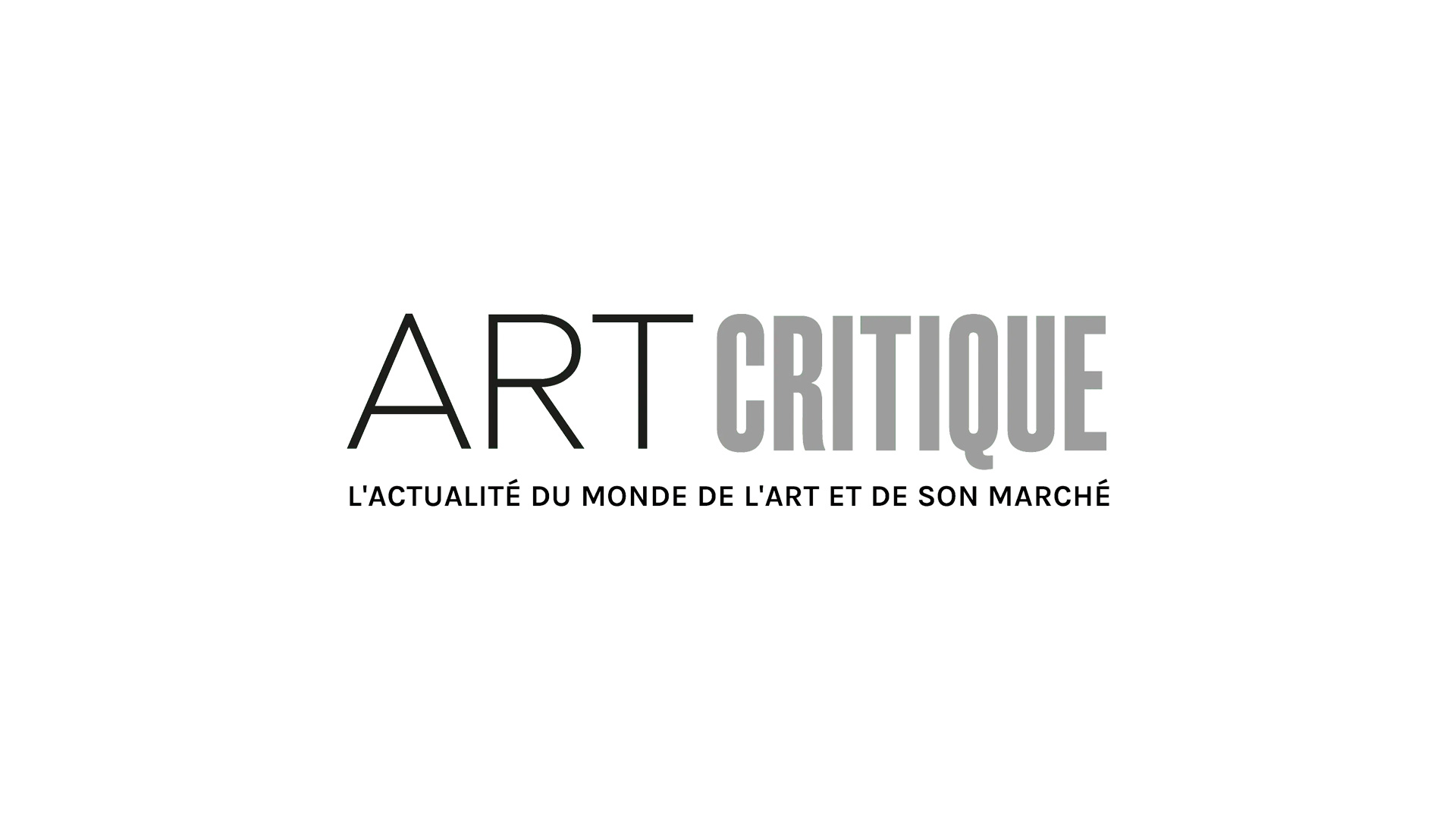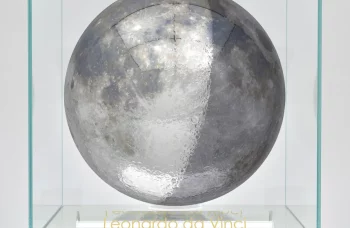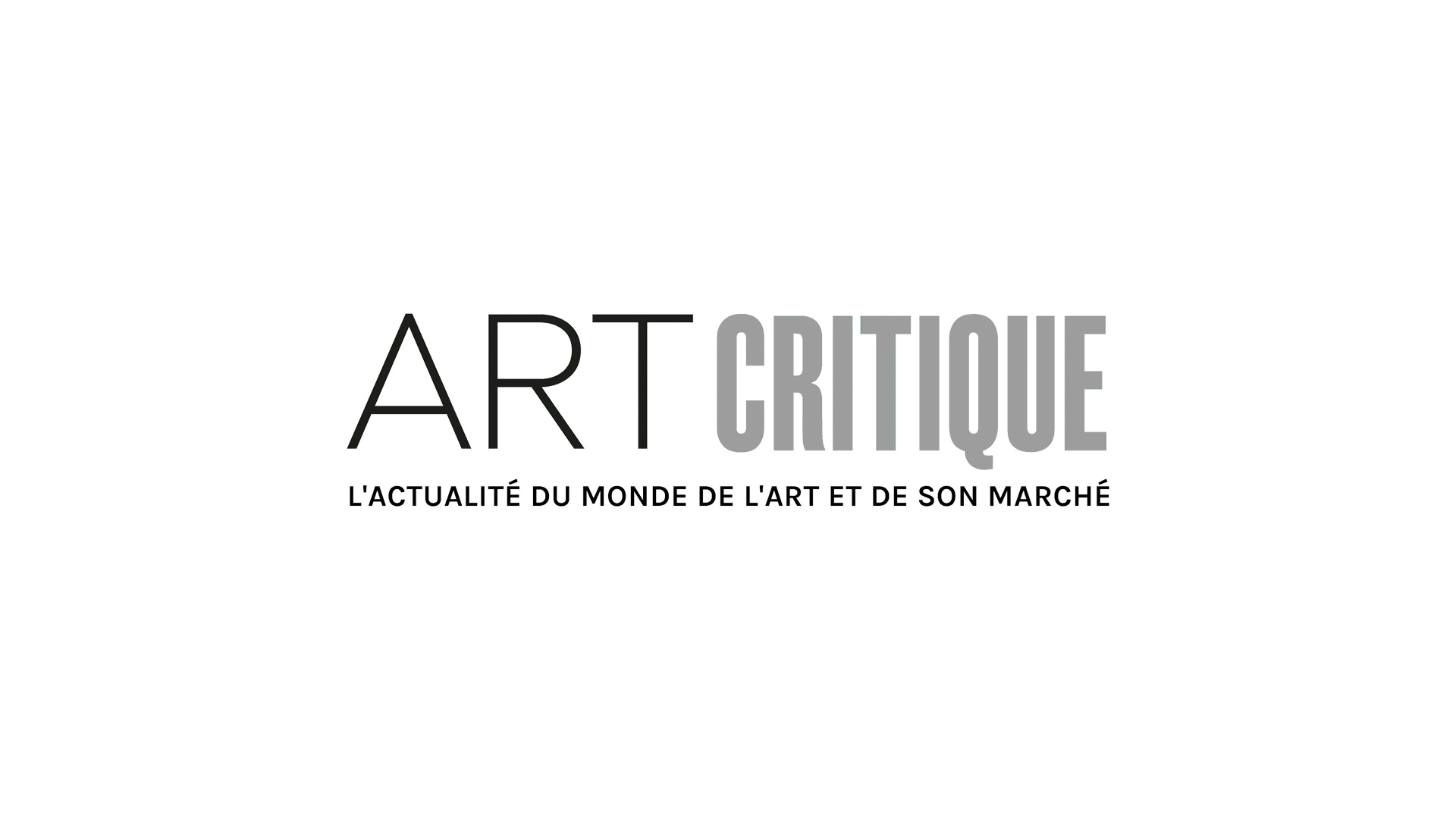Florence’s Palazzo Vecchio is home to many treasures but it’s a bit of carved graffiti on the façade of the building that is receiving renewed interest recently. Known as L’importuno di Michelangelo (Michelangelo’s Graffiti), thanks to legends that have attributed the carving to Michelangelo, a curator has come across some evidence that could support the link between the carving and the Italian Old Master.
The small bit of carved graffiti depicting a man’s face in profile with a prominent nose and brow, curly hair, and slight frown, is at the corner of the building nearest the Uffizi Gallery. Depending on which tour guide you ask, the carving got there in a manner of ways. Some say it was quickly chiselled by Michelangelo looking on from the crowd as a condemned man was led through the streets to the gallows. Others say the work was the product of a bet to deface the town hall’s façade and, rising to the challenge, Michelangelo carved it with his knife behind his back. Still others think the artist, bored with a conversation, began chiselling away at the stone scrawling out the face without looking at it. Regardless of the story, the carving dates back to the years Michelangelo spent in Florence (from 1499 to 1504) when he created his statue of David.
In preparation for an upcoming exhibition and book, Adriano Marinazzo, curator at the Muscarelle Museum of Art at the College of William and Mary in Virginia, made a discovery that could make legend reality. During his research, Marinazzo writes in the journal Art e Dossier, he came across an early 16th century drawing by Michelangelo housed at the Louvre. Among other studies of the Virgin Mary and Child with Saint Anne and of a male nude, it was a drawing of a face that caught Marinazzo’s eye. The profile was reminiscent of something else: Michelangelo’s Graffiti.
That was the curator’s “epiphany” moment. “‘Wow! This looks like the profile!’” Marinazzo recalled saying. “I showed it to my wife without saying anything, ‘What do you think about this, does it look like something familiar?’ And she said, ‘It looks like the profile on the Palazzo Vecchio!’”
As for who the man might be, Marinazzo believes it could be Francesco Granacci, a friend of Michelangelo’s. Granacci was also part of the committee who approved the David’s original location just outside the entrance Palazzo Vecchio. Today, the David is housed inside at the Galleria Dell’Accademia to preserve it. Marinazzo disputes that the carving could have been done by vandals as its location on the Palazzo Vecchio would’ve been patrolled by guards, so it must have been carried out by someone with clearance, like Michelangelo.
Another cheeky hint that the carving was by Michelangelo is found on the Louvre’s drawing. Nearby the profile drawing is a line of writing by the artist reading: Chi dire mia chella f[losse] di mia mano or “Who would ever say that it was by my hand?” While the story behind the graffiti remains a mystery, Marinazzo’s findings might finally link the Old Master and the carving.








